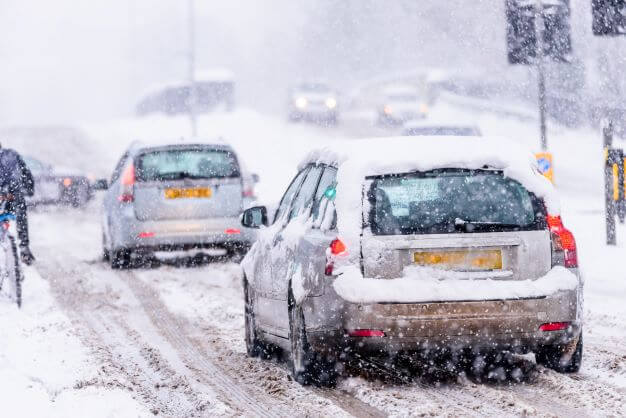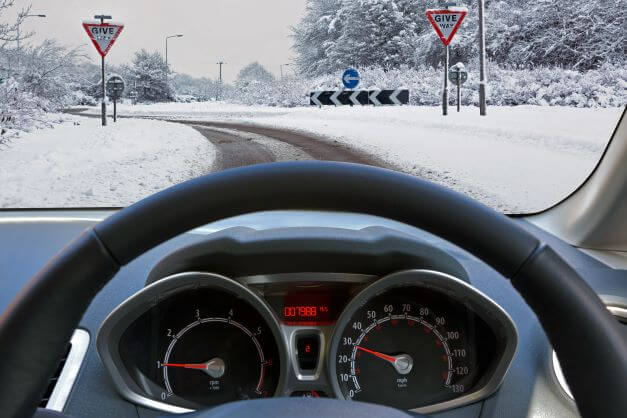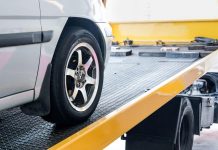Winter is once again upon us, many of the UK’s motorists may not be ready for it; research has suggested that up to a third of UK drivers are unprepared for the colder months, and the increased road risks they can bring. So what can you do to get yourself and your vehicle ready for the winter? Here are four tips for you to use in the pursuit of safe winter driving.
Keep Your Distance
One of the key changes you should make to your driving in the winter is to make a habit of creating more distance between you and other drivers. Stopping distances can be increased up to tenfold in icy conditions, as a lack of grip can cause your car to continue travelling even when wheels are locked. Keeping a larger distance between you and drivers in front gives you more time to react to any potential hazards, and more space for your car to safely come to halt without causing injury.

Use Higher Gears
Altering your driving style can also help you with traction and fuel economy, particularly in snowy weather. Lower gears give you less control over the amount of power you’re putting into your wheels, leading to loss of grip on slippy roads. By setting off in a higher gear, you have more control over your torque and can pull away easier, with less wheelspin. Higher gears are also useful for cornering, in tandem with a slower speed; coasting up to the corner while changing down can save you from any sudden braking motions, preventing you from drifting while you take a corner.
Check Your Tyres
With colder weather comes more dangerous road conditions, making it very important that you make sure your tyres are up to scratch. Colder temperatures lower atmospheric pressure, in turn lowering the pressure in your car tyres, which can pose problems when driving at higher speeds – so be sure to check your tyre pressure before you drive. Your tyre treads could also be worn – check to see if your tyres’ tread depth is still above the legal minimum of 1.6mm. You may want to buy a set of winter tyres from a tyres shop; winter tyres have a deeper tread and higher silica count in their rubber, meaning their grip is increased in icy and snowy conditions, and they don’t stiffen up in the cold.
Plan Ahead
You can never be too prepared when it comes to driving in the winter; it pays to know your journeys in advance, and to give yourself extra time ahead of departure to de-ice your car, and for delays and potential road closures. It would also benefit you to create a winter driving toolkit and keep it in your boot; this would include de-icing equipment, snow chains for your tyres, recovery boards in case you or another vehicle lose traction in snow, and a large coat for if you get caught short in the cold.









































